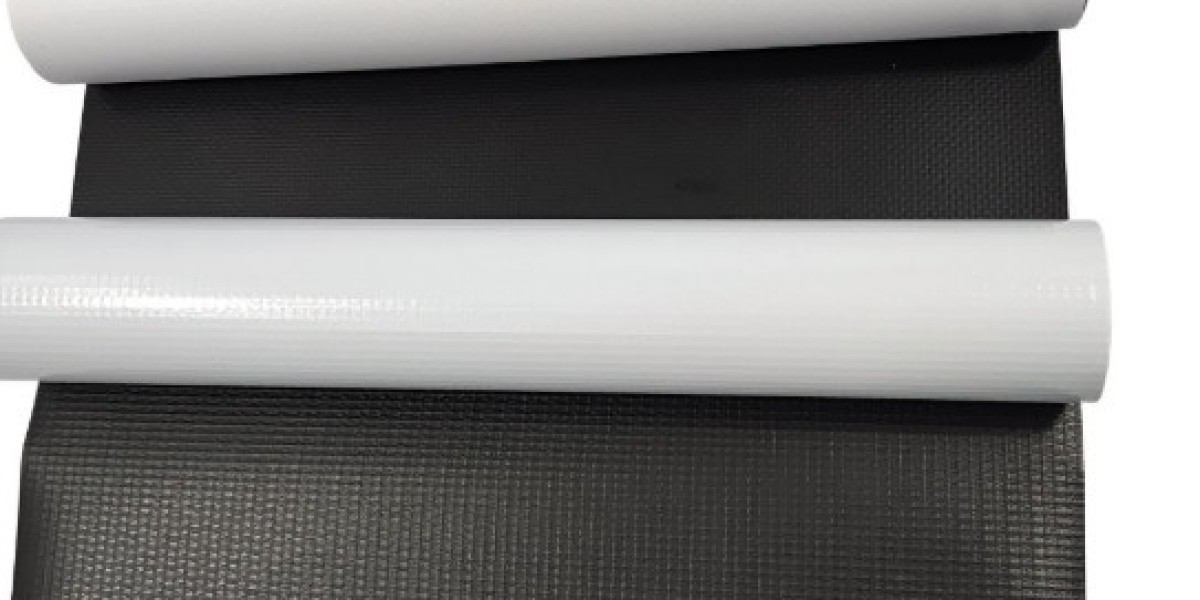In the world of industrial ventilation, the performance of a fan often comes down to its design. At Taizhou Haoba Electromechanical Co., Ltd., a key focus is advancing the aerodynamics of our Axial Flow Exhaust Fan systems to maximize airflow while minimizing energy use and noise.
One of the most significant innovations in modern axial flow fans lies in the design of the fan blades. Instead of simple flat blades, many advanced designs use twisted airfoil shapes that optimize the lift-to-drag ratio. This helps the fan maintain effective airflow with reduced turbulence and energy loss. Additionally, the hub-to-tip ratio is tuned carefully: by balancing where the blade has thickness (“hub”) versus its outer section (“tip”), designers can improve stability and efficiency.
Another important aspect is the clearance between the blade tips and the housing. This tip clearance can greatly affect efficiency: too large, and leakages reduce performance; too small, and mechanical risk goes up. By keeping the gap within a few percent of blade height and combining it with a curved shroud, aerodynamic losses are minimized.
Reducing noise is often just as important as boosting performance. At Taizhou Haoba, we pay careful attention to tonal and broadband noise by skewing blade spacing and using uneven blade arrangements. These techniques disrupt resonant pressure waves that might otherwise increase noise. The use of anti-vibration mounting also helps cut down on mechanical rattles and vibrations.
The motor choice also plays a crucial role. We often pair our fans with high-efficiency motors—such as electronically commutated (EC) motors—or use variable-speed drives. These options allow the axial flow fan to adapt to varying load demands. Instead of always running at a fixed speed, the system can scale operations dynamically, reducing power consumption when less airflow is needed.
Materials also matter. For environments with harsh conditions—such as chemical plants or high-temperature zones—we offer casings and blades made from corrosion-resistant or heat-resilient materials. This ensures long-term reliability without sacrificing fan performance.
Moreover, we monitor and optimize our designs using computational fluid dynamics (CFD). By simulating airflow behavior, pressure gradients, and turbulence, our engineers can fine-tune the fan geometry long before a physical prototype is built. This helps us avoid inefficiencies and ensure high performance under real working conditions. There is even research showing that design optimization (using CFD plus numerical methods) can increase axial fan efficiency significantly compared to traditional designs.
At Taizhou Haoba Electromechanical Co., Ltd., our role as an Axial Flow Fan Manufacturer means that we don’t just build fans — we engineer them. Each design is tailored to the application, whether for cooling, exhaust, or ventilation. By leveraging modern aerodynamics, smart motor control, and durable materials, we create axial flow exhaust fan solutions that are efficient, reliable, and adapted to real-world industrial needs.








